Understanding Different Wine Aging Techniques
Wine aging turns a simple drink into something extraordinary. It’s about more than just waiting—it’s how the wine is stored and matured that matters. In this article, we’ll explore different wine aging techniques and zoom in on the Beringer wine production process. Beringer, a standout among wine brands, uses these methods to craft wines that are bold, smooth, and unforgettable.
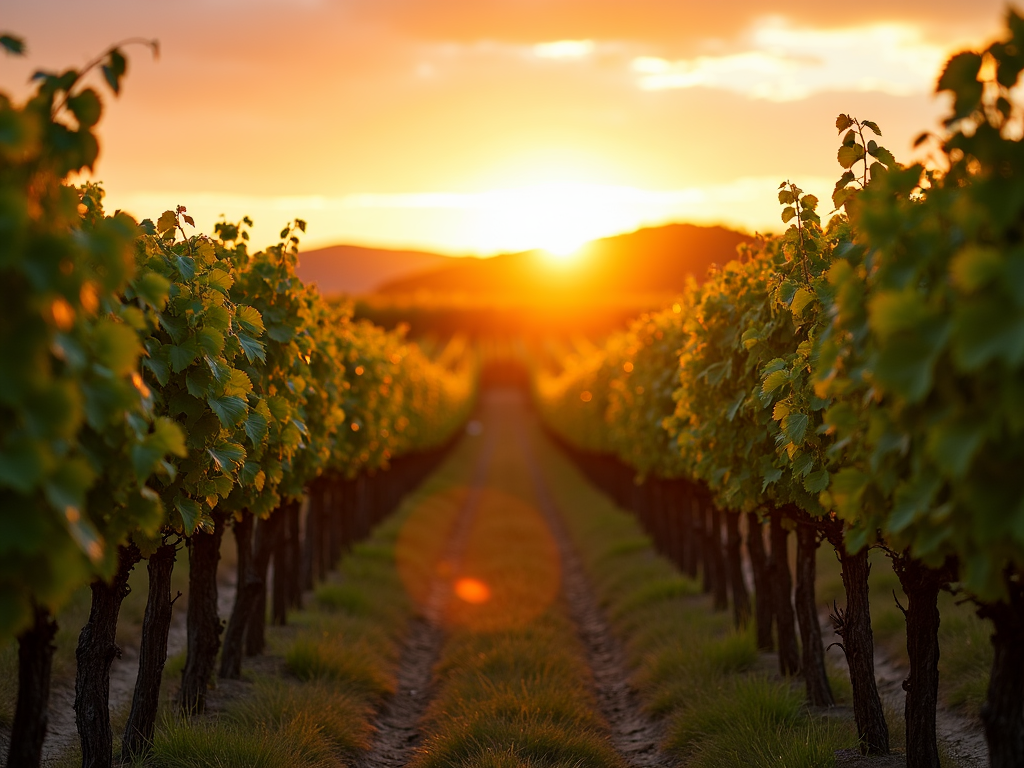
What Does Wine Aging Mean?
Aging wine is about letting it sit in the right conditions so it can grow into its best self. Over time, the wine’s flavors, smells, and feel get better as its parts—like acids and sugars—blend together. It’s a slow process, but it’s worth it for that perfect sip.
Different methods shape how a wine turns out. Some add bold tastes, while others keep things light and fresh. Let’s break down the main ways winemakers age their creations.
Barrel Aging: The Classic Way
Barrel aging is the old-school method that many love. Wine sits in wooden barrels, usually oak, which add special flavors and smooth out the sharpness. The type of wood changes things—French oak is soft and elegant, while American oak brings big, sweet notes.
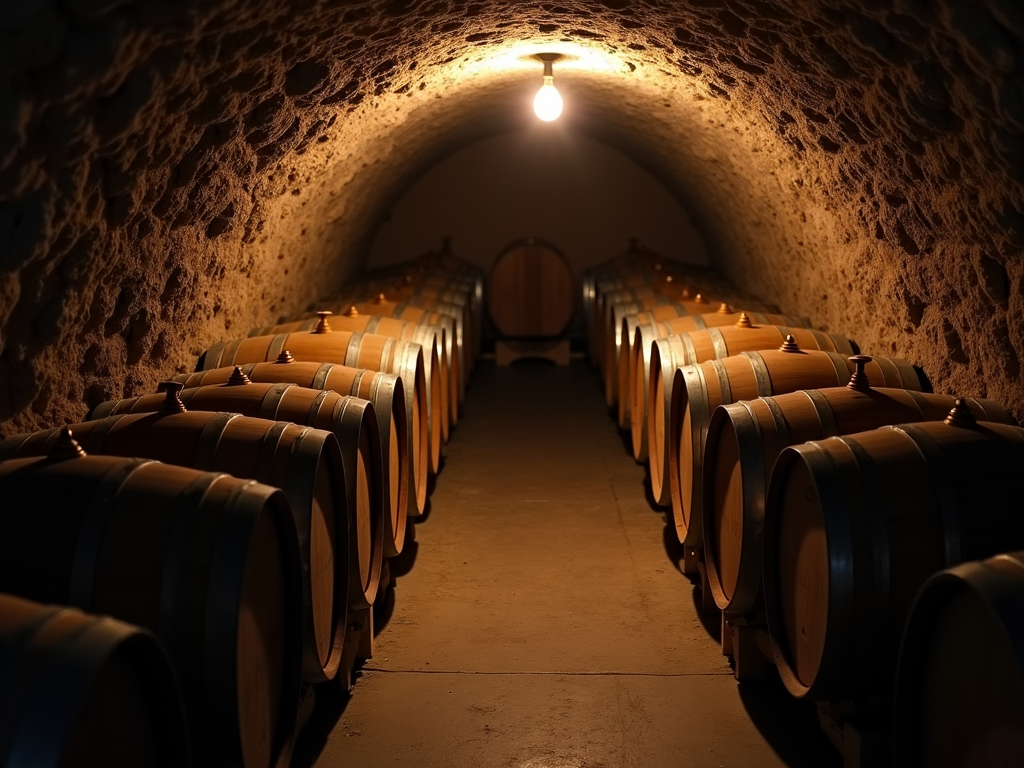
Beringer nails this technique. In the Beringer wine production process, they mix French and American oak barrels to get just the right taste. For a silky Chardonnay or a rich Cabernet, they pick barrels that match what they’re aiming for. It’s all about control and care.
Bottle Aging: Time in the Glass
After barrels, some wines keep aging in bottles. This step lets flavors settle and soften even more. It’s perfect for wines you want to save for years—think of it like letting a story unfold slowly.
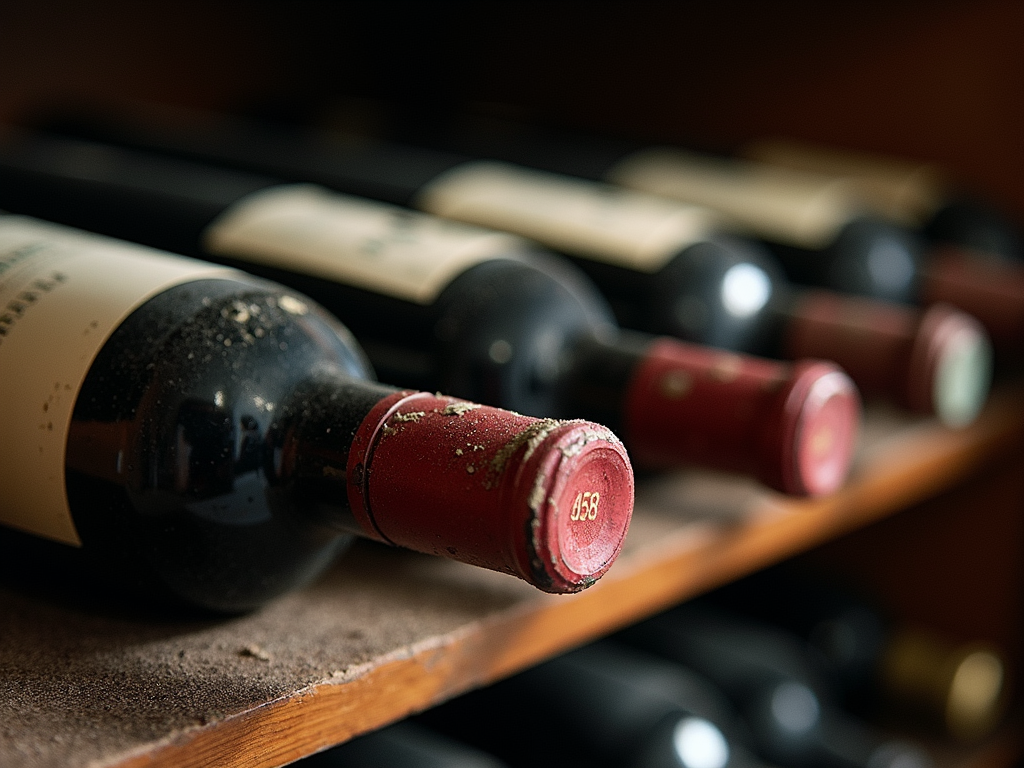
Beringer’s top wines, like their Private Reserve line, get this treatment. They bottle-age them until everything clicks—smooth tannins, deep flavors, the works. It’s why Beringer stands out among wine brands: they don’t rush perfection.
Steel and Concrete: Keeping It Fresh
Not every wine needs wood. Some stay in stainless steel tanks or concrete containers. These don’t add extra flavors, so the wine keeps its bright, fruity side. It’s a modern twist for crisp whites or light reds.
Beringer uses steel tanks for wines where freshness matters most. They know when to go bold with oak and when to let the grapes shine on their own. That flexibility is part of their magic.
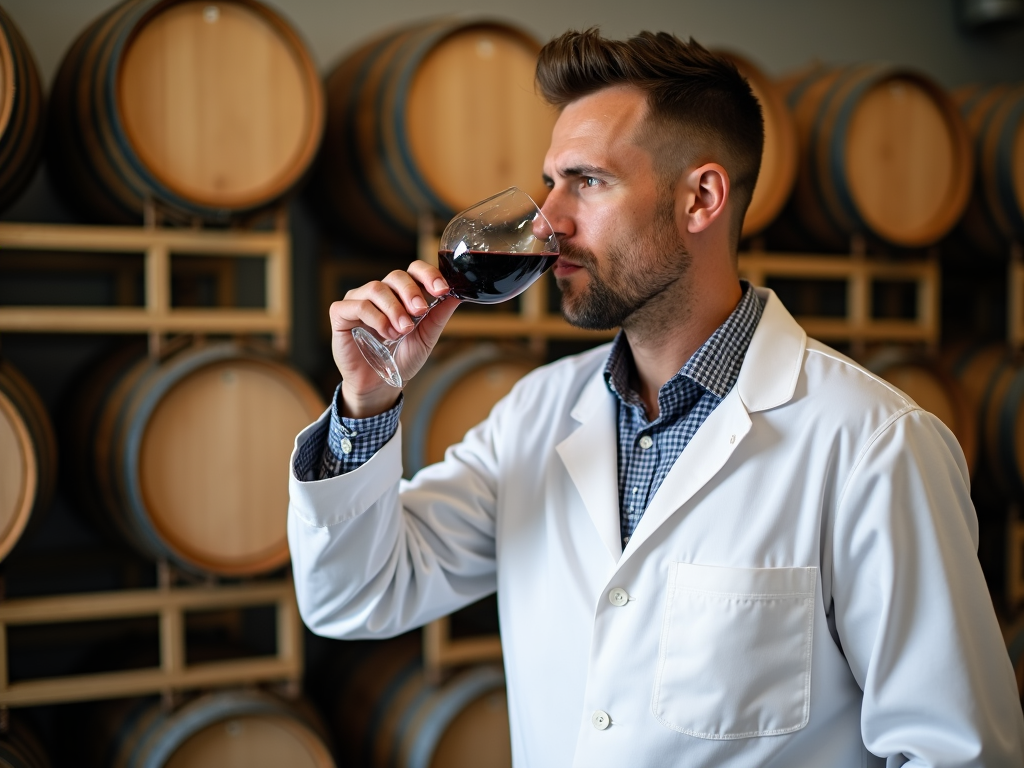
Why Time Matters
Time is the secret sauce in wine aging. But it’s not just about sitting around—winemakers watch closely to catch the wine at its best. Too little time, and it’s rough. Too much, and it fades. Finding that sweet spot is key.
At Beringer, the team tastes their wines all the time. They track how each batch is coming along, deciding when it’s ready to bottle or ship. It’s hands-on work that keeps their quality sky-high.
My Trip to Beringer
I’ve been lucky enough to visit Beringer Vineyards, and it’s a game-changer. Their Rhine House—a gorgeous old building—sits above cellars packed with history. Walking through, you see barrels everywhere, and you feel the effort that goes into every bottle.
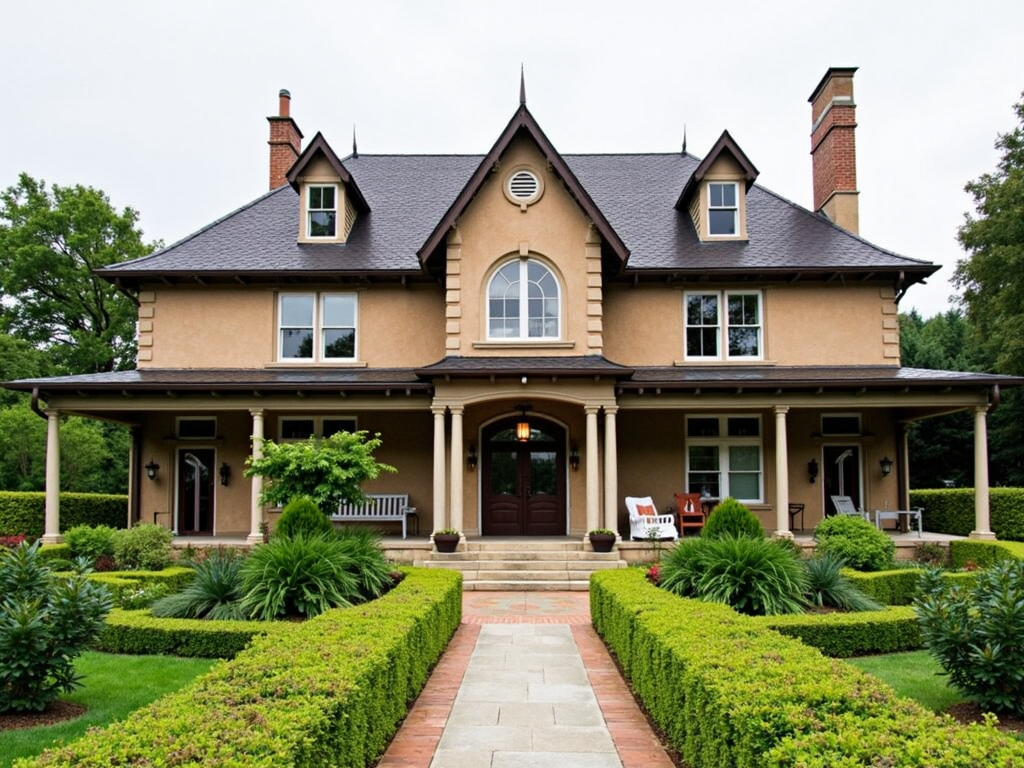
One highlight was tasting their Private Reserve Cabernet Sauvignon from different years. Each glass showed how aging shifts the wine—some were bold and fruity, others deep and mellow. It was like tasting time itself.
How Aging Techniques Compare
Here’s a quick look at the main methods:
| Technique | Flavor Impact | Best For |
|---|---|---|
| Barrel Aging | Adds oak, vanilla, spice | Bold reds, Chardonnays |
| Bottle Aging | Softens, deepens flavors | Long-term wines |
| Steel/Concrete | Keeps fruit fresh | Crisp whites, light reds |
Each one has its place, and Beringer uses them all smartly.

Aging Wine at Home
Want to try aging wine yourself? Here’s how to start:
- Pick the Right Spot: Store bottles somewhere cool, dark, and steady—around 55°F is ideal.
- Choose Wisely: Go for wines that get better with age, like Cabernet or Pinot Noir.
- Wait It Out: Give it at least a year, but check the wine’s label for clues.
- Keep It Flat: Lay bottles on their side so the cork stays wet.
It’s a fun way to get into the aging game.
Wrapping Up
Understanding different wine aging techniques shows you what’s behind a great bottle. Whether it’s oak barrels adding depth, bottles smoothing things out, or steel keeping it fresh, every step counts. The Beringer wine production process proves how much thought goes into it—they’re a top name for a reason.
Next time you pour a glass, think about its journey. That taste is years of skill and patience coming together. Want to dive deeper? Check out the links below.